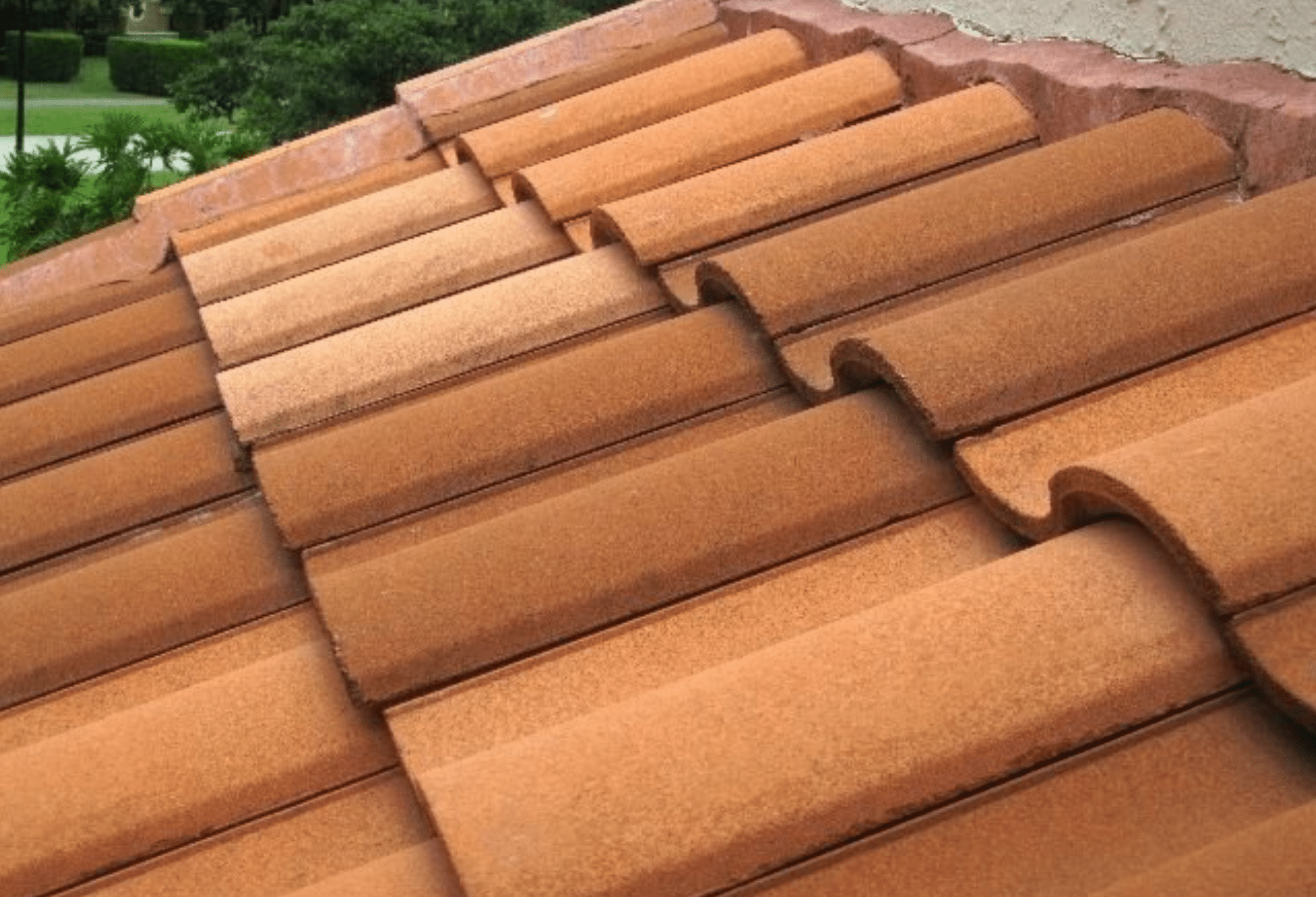The Importance of Exterior Maintenance For Homeowners
To keep the outside of your house in good condition is very important for its look and strength.
If you set up a maintenance plan that goes through the whole year, it will help to safeguard your property against damage from weather and make sure it always looks nice.
This guide gives you a full list of tasks for regular maintenance of the exterior in all seasons, as well as special tips for getting ready for winter, spring cleaning and checking things over, plus taking care of garden work and landscaping that changes with each season.
Regular Exterior Maintenance Tasks
Keep a consistent outside maintenance routine so your home stays in good condition all year long.
Regular jobs are clearing gutters and downspouts to avoid water problems and make sure drainage is working correctly. Check the roof for shingles that are missing or damaged, fix any problems right away to prevent leaks from happening.
Look at the outside walls for any cracks or harm, and close up every space to stop moisture from coming in and increase energy effectiveness.
Windows and doors also require regular examination. Verify that the caulking and weather stripping are in good condition to maintain insulation and avoid drafts.
Clean your windows, searching for any cracks or broken sections that should be replaced.
Applying paint or stain to wooden parts like decks, fences and sides helps in safeguarding them from weather conditions and lengthening their life.
Preparing Your Home’s Exterior for Winter
In winter, the outside of your house may face rough weather.
So, it is important to get ready. The first step: Look at your roof and fix any shingles that are loose or broken.
After this, clean out gutters and downspouts – make sure they do not have dirt inside them so that melted snow and ice can flow away correctly without creating ice dams (blocks in the gutter caused by freezing water).
Block any openings in the outside walls of your home and around windows and doors to avoid cold air from coming in and warm air getting out.
Putting up storm windows or plastic film on top of regular ones offers more protection against heat loss. Confirm that your heating system is functioning correctly; it may be wise to get a maintenance check by an expert prior to when cold temperatures begin.
Drain outdoor faucets and irrigation systems in order to avoid the problem of freezing and bursting pipes. Disconnect garden hoses from the faucets, then store them inside for protection.
Insulated covers can be placed over outside taps or water valves as an extra measure against cold temperatures.
Trim tree branches that hang above your house; heavy snow or ice could break them and harm your home structure too.
Spring Cleaning and Inspection Tips
After the tough winter season, spring is an ideal period to deeply clean and examine your home’s outside. Begin by washing your siding, windows, and doors for eliminating dirtiness, grime as well as mildew.
A pressure washer might be useful in this area of work but make certain you utilize settings that will not hurt the surfaces.
Hire roofers to examine your roof, seeing if there are any harm from the winter like shingles gone or not fixed well. Clean your gutters and downspouts once more to make sure they have proper flow.
Look at the foundation of your home for cracks or hints of movement, taking swift action to fix them.
The spring season is an ideal period to reapply paint or stain on your home’s exterior. Make sure to fix any spots that have chipped or become dull during the winter months, and think about repainting bigger areas if necessary.
Check that all windows and doors are still sealed correctly, and change any weather stripping or caulking that has been damaged.
Landscaping and Garden Care Tips
Every season has its specific difficulties and chances for your landscape and garden. During springtime, concentrate on clearing away debris left by winter like fallen branches or leaves.
Trim shrubs and trees to encourage strong growth, getting rid of any branches that are dead or harmed. Spring is the best time to fertilize your lawn and garden beds so that they can grow beautifully.
During summer, give your lawn and garden a good amount of water, particularly when there are periods without rain.
Cover garden beds with mulch to help keep moisture in and prevent weeds from growing. Frequently cut the grass and trim edges to maintain an orderly look.
Inspect your irrigation system to ensure it’s working efficiently and adjust settings as needed.
In autumn, the task for you is to prepare your garden for winter. Keep raking leaves often to avoid them smothering your lawn and beds of garden.
Prune back perennials as well as take out annuals that are done with their growing season. In autumn, it is the right time to put bulbs in the soil. This lets them grow and show off their colorful beauty during springtime.
Lastly, you can aerify your lawn for better soil condition and spread seed over it if there are any bare areas that need filling.
Care in winter for landscaping means guarding your plants from cold. Spread mulch around the bottom part of trees and shrubs to keep roots warm.
Use burlap or frost blankets as coverings for delicate plants, protecting them from strong winds and frost. Avoid using salt on walkways near garden beds, as it can harm plants.
Conclusion
If you do these outside care and time-based preparations, then your house will always be very good. Looking after it often is not just for making the place look better but also to keep it safe from problems caused by weather.
This helps in making your home’s exterior last longer and protects its value too.







